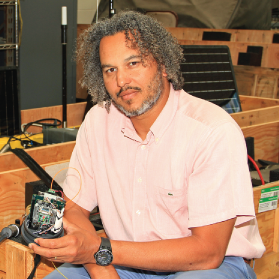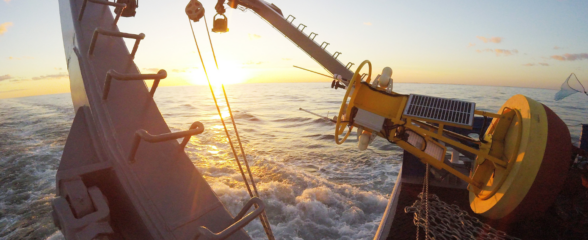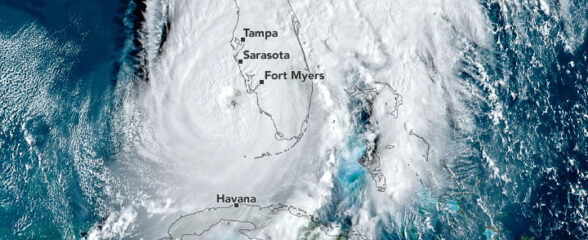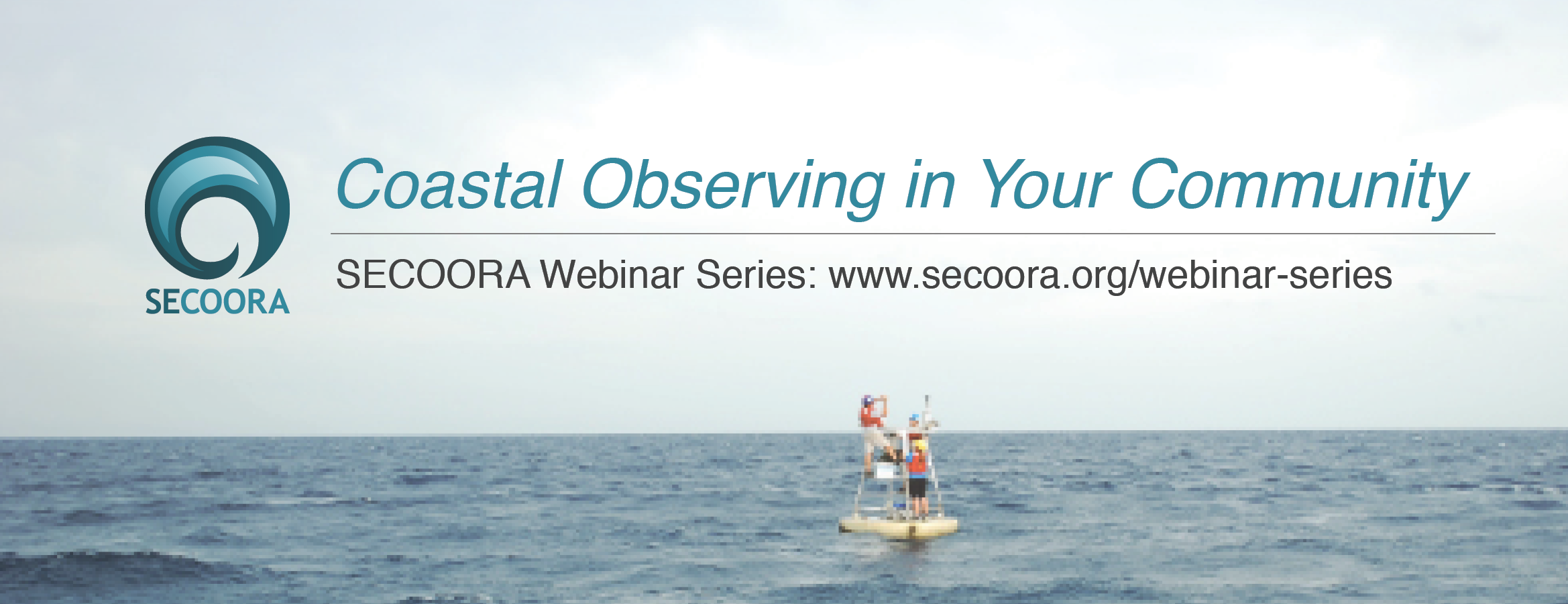Join us for the webinar “Passive acoustic monitoring on a SV3 Wave Glider for fish spawning aggregation detection and characterization” on April 24 at 12:00 PM ET. Laurent Cherubin from FAU’s Harbor Branch Oceanographic Institute will discuss a novel, autonomous approach to conduct fishery independent surveys in order to search and discover unreported aggregations by mapping the underwater acoustic landscape using an unmanned platform in areas that surround currently known spawning aggregations during the spawning season.
Date: April 24, 2018
Time: 12:00 PM ET
Presenter: Laurent Cherubin, FAU’s Harbor Branch Oceanographic Institute
Abstract
Many commercially important reef fishes in the Caribbean and southeast US have been overfished to the point that some species, like the Nassau grouper, is considered threatened and on the endangered species list. Mature adults of some species gather in large numbers every year for two to three months at specific locations to spawn.
Once located, the spawning aggregations become an easy target that can be reduced until it can no longer be formed. Most grouper and snapper spawning aggregations in the region have been extirpated and the few that have been documented are vulnerable unless protection can be enacted.
We have developed and demonstrated a novel, autonomous approach to conduct fishery independent surveys in order to search and discover unreported aggregations by mapping the underwater acoustic landscape using an unmanned platform in areas that surround currently known spawning aggregations during the spawning season.
While passive acoustic methods have previously been used for fisheries management and stock assessment, the platforms and algorithms are not currently mature enough to allow for advanced autonomy, drastically limiting the spatial and temporal range, and resulting in considerable operational costs.
In addition to discovering previously unknown spawning sites, the development of novel algorithms, and passive acoustic and environmental sensor systems enables monitoring along with automated detection, classification and surveillance of fish vocalizations.
As well as providing significantly finer scale detection with low latency, this innovative approach also enables greater on-board intelligence and autonomy; reduced launch/recovery and satellite data cost thus further reducing the overall operational costs, while enhancing performance for ocean monitoring missions.
About the Presenter

Laurent Cherubin obtained a bachelors with a major in mechanics and a minor in mathematics at the University of Bordeaux (France). Then he acquired a MS in coastal oceanography and PhD fellowship from the French Navy – graduating from the University of the Mediterranean in Marseille (France) in 2000. Laurent Cherubin was a postdoctoral researcher at the University of Lisbon (Portugal), at the Institute of Oceanography for two years, before he joined the Rosenstiel School of Marine and Atmospheric Science at University of Miami, where he spent most of his early career. Since August 2013 he has been a research Associate Professor at FAU’s Harbor Branch Oceanographic Institute and his expertise is in physical oceanography, numerical modeling, biophysical modeling, marine connectivity, fish acoustics and autonomous underwater vehicle. Learn more.
Related news

Funding Cuts to NOAA IOOS Will Hurt the Southeast
Proposed federal funding cuts would eliminate the IOOS Regional Observations budget for next year. Contrary to the budget Congress has already approved for this year, the Executive Branch wants these proposed cuts to go into effect in 2025.

SECOORA Webinar on the Rapid Intensification of Hurricane Ian: Warm Subsurface Water on the Wide Continental Shelf
Join us Thursday, April 24th at 12 PM ET for the April installment of the SECOORA Coastal Observing in Your Community Webinar Series! This month, we will hear from Dr. Yonggang Liu from the University of South Florida. He will discuss his research on the rapid intensification of Hurricane Ian in relation to anomalously warm subsurface water on the wide...

Webinar: SECOORA Data Portal Demo
Join us on Thursday, February 20, 2025 at 1:00 PM ET to learn more about the SECOORA Data Portal and how to navigate it. Axiom Data Science will be providing an overview of the portal, including how to search the Catalog and make a custom data view.
